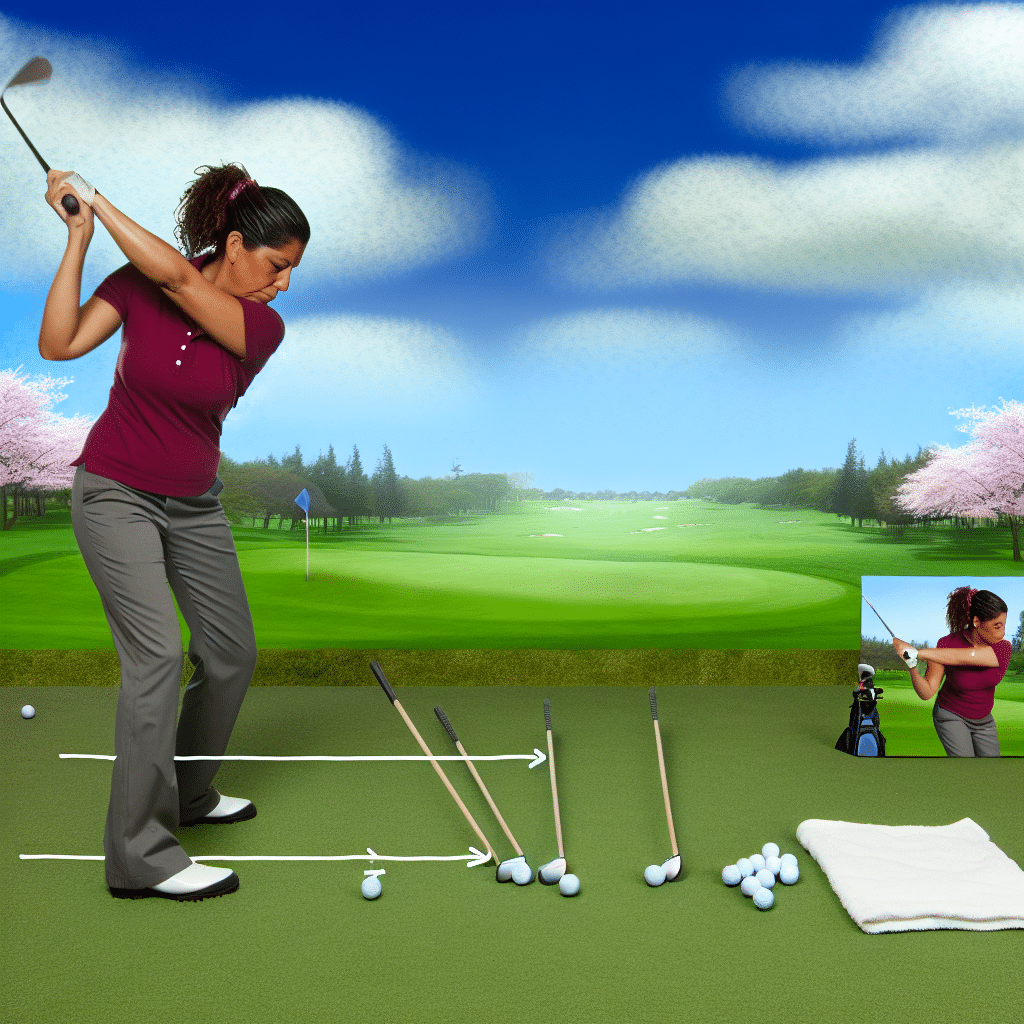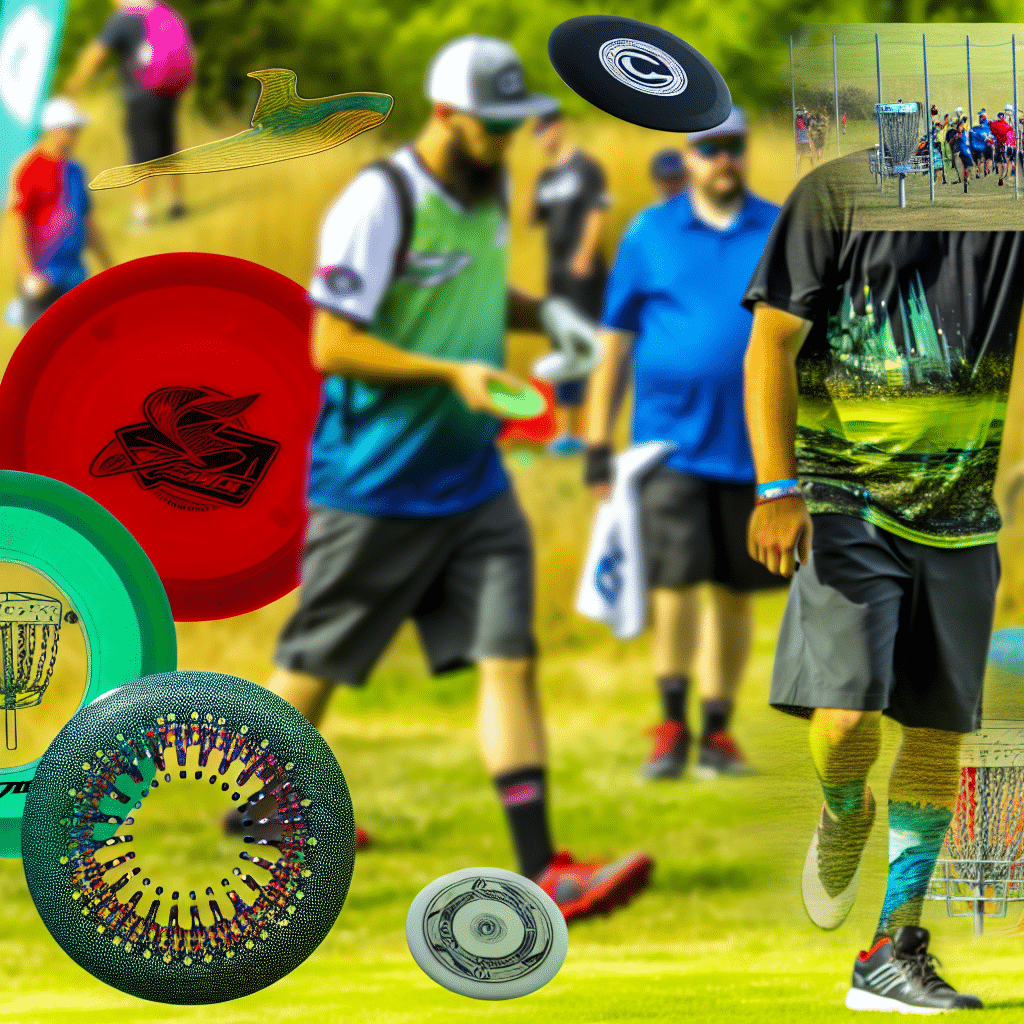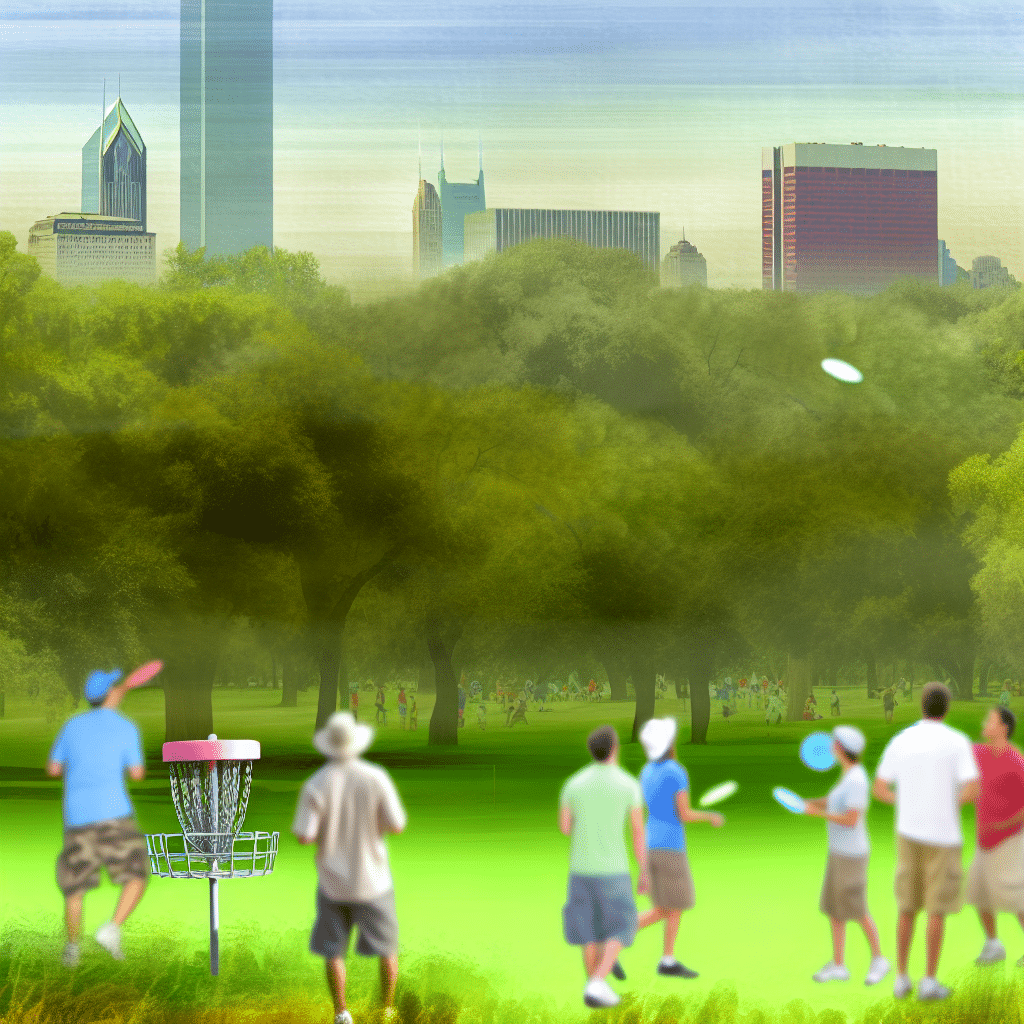Golf is a game of precision, patience, and practice. Among the many challenges that golfers face, a persistent golf slice is one of the most frustrating. It can turn a promising round into a struggle, and without addressing the root causes, it often only gets worse. So, how do you fix a golf slice? Understanding the mechanics behind the slice is the first step, and the second is implementing effective techniques to correct it.

Understanding the Golf Slice
Before diving into solutions, it’s essential to understand what a slice is. A slice is a type of golf shot characterized by a ball that curves dramatically to the right (for right-handed golfers) or to the left (for left-handed golfers). The root cause of a slice is a combination of an open clubface at impact and an out-to-in swing path. But what leads to these problematic swing characteristics?
Common Causes of a Golf Slice
1. **Grip Issues**: A common cause of slicing is an incorrect grip, which can lead to an open clubface at impact. If your grip is too weak (rotated too far to the left on the club for right-handers), it can be challenging to square the clubface.
2. **Stance and Alignment**: Poor alignment can exacerbate a slice. If you aim too far left (for right-handers), you may subconsciously compensate by swinging out-to-in.
3. **Swing Mechanics**: An out-to-in swing path, often referred to as “coming over the top,” is a primary contributor to slicing. This swing path results in sidespin that causes the ball to curve.
4. **Clubface Control**: Having the clubface open at impact is another critical factor. This can result from improper wrist action during your swing.
How to Fix a Golf Slice
Addressing a slice requires a multi-faceted approach that tackles grip, stance, alignment, and swing mechanics. Here, we’ll break down actionable steps to help you fix your golf slice and get back to hitting straighter shots.
1. Correcting Your Grip
Your grip plays a vital role in controlling the clubface. Here’s how to ensure you have the correct grip:
– **Check Your Hand Position**: For right-handers, ensure the “V” formed by your thumb and index finger points towards your right shoulder. This stronger grip can help you close the clubface at impact.
– **Grip Pressure**: Maintain a consistent and moderate grip pressure. Too tight, and you’ll restrict your wrist action; too loose, and you’ll lose control.
2. Improving Your Stance and Alignment
Proper stance and alignment are crucial in eliminating a slice:
– **Feet, Hips, and Shoulders**: Align them parallel to your target line. Use alignment sticks or clubs on the ground to check your setup.
– **Ball Position**: Place the ball slightly forward in your stance for longer clubs and more centered for shorter irons.
3. Perfecting Your Swing Path
Fixing your swing path can significantly reduce slicing:
– **Inside-Out Swing Path**: Focus on swinging from the inside out. Imagine your swing path resembling more of a baseball swing.
– **Shoulder Turn**: A proper shoulder turn can help you achieve an inside-out swing path. Rotate your shoulders fully on the backswing and follow through.
4. Clubface Control
Controlling the clubface is essential:
– **Wrist Action**: Ensure that your wrists are not too rigid. Practice drills to feel the clubface closing through impact.
– **Release Drill**: Practice releasing the club naturally. One effective drill is to hit shots with an exaggerated focus on rotating your forearms and hands through the shot.
Practical Drills to Fix Your Golf Slice
Here are a few practical drills that can help you correct your slice:
The Towel Drill
Place a towel under both arms and take practice swings. This helps keep your arms connected to your body, promoting a more inside-out swing path.
The Alignment Stick Drill
Place an alignment stick or spare club along your target line and another one just outside your ball. Aim to swing without hitting the outside stick, encouraging an inside-out path.
The Foot Spray Drill
Spray foot powder on your clubface and hit balls to see where you make contact. This feedback helps you understand how your clubface is impacting the ball.
Conclusion: Practice Makes Perfect
Learning how to fix a golf slice requires understanding the mechanics and consistent practice. Correcting your grip, stance, alignment, and swing path are all essential steps. Utilize drills and spend time practicing on the range to reinforce these changes. Remember, golf is a game of continuous improvement, and overcoming challenges like slicing can make the game more enjoyable. Happy golfing!



